Urinary incontinence is a condition that affects many people worldwide, both men and women. Statistically, it affects 6% of the world's population, with about 2 million people in Poland. This condition can have various causes and symptoms and can be treated with a wide range of methods and therapies. A significant challenge of incontinence is its intimate nature and the embarrassment it often causes, which can lead to an underestimation of early symptoms and the progression of the disease due to a lack of appropriate treatment.

What is urinary incontinence and what are it's causes?
Urinary incontinence is defined as the uncontrolled leakage of urine from the bladder. There are many potential causes for this condition. The most common cause is a weakening of the pelvic floor muscles, usually resulting from childbirth, aging, or excessive strain on the abdominal muscles. Other contributing factors include endocrine disorders, neurological diseases, and bladder dysfunction.
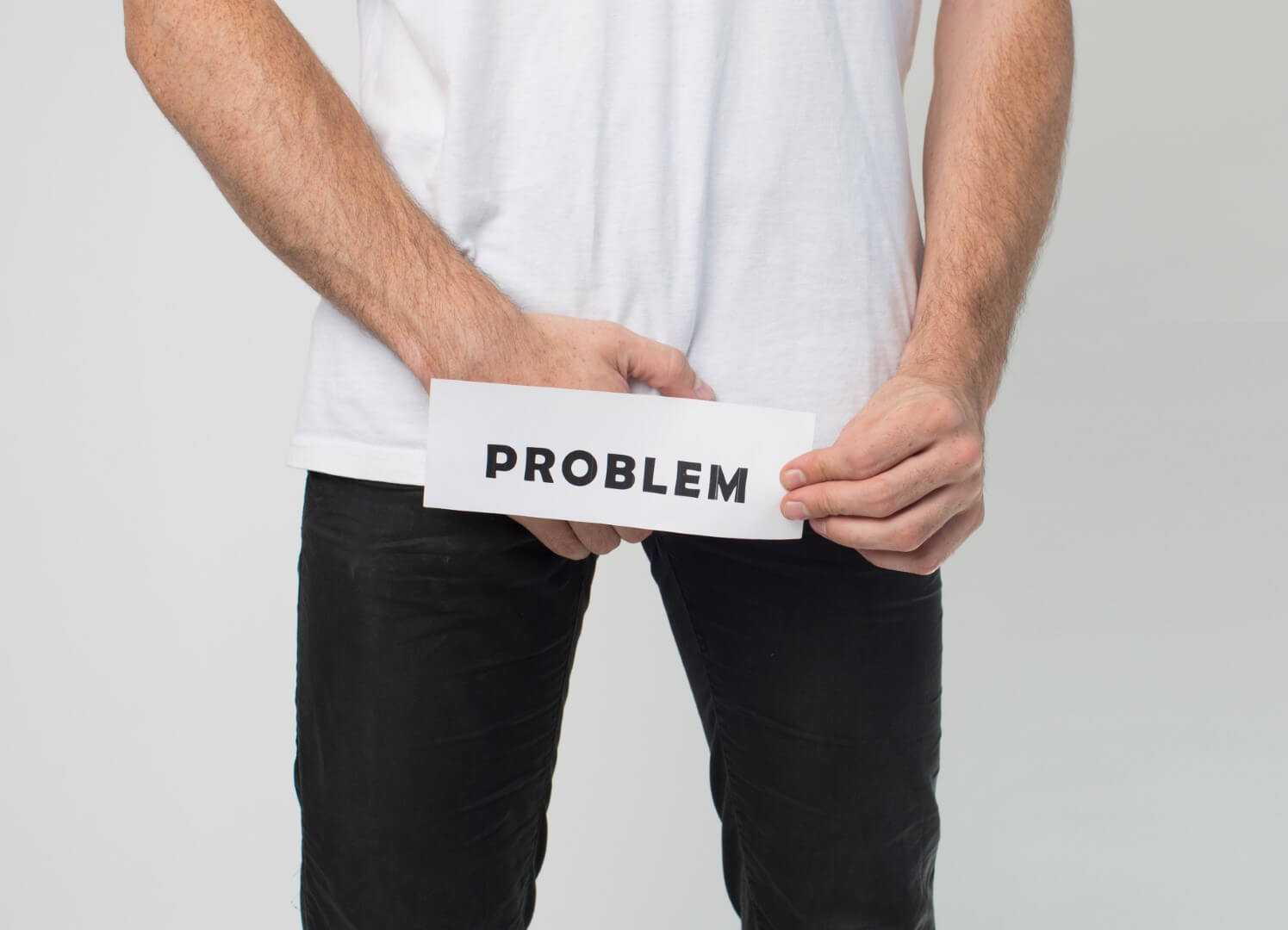
Symptoms of urinary incontinence
Urinary incontinence can cause a range of bothersome symptoms. The primary symptom is the uncontrolled leakage of urine, which can lead to embarrassing situations in daily life. Leakage may occur at any time—during the day or night—and is often exacerbated by activities such as laughing, coughing, or physical exertion. In some cases, leakage can occur immediately after urination. Additionally, patients often experience a constant feeling of needing to urinate, which can significantly impact quality of life. In men, leakage in drops may also occur, and some patients—more commonly women—may experience pain or a burning sensation during urination.
The effects of uncontrolled urine leakage extend beyond physical discomfort; they can also lead to hygiene issues that negatively affect self-esteem and overall well-being. It is important to note that while urinary incontinence is more frequently associated with women, it also affects men. Prompt diagnosis and appropriate treatment can improve quality of life, ease daily activities, and reduce or eliminate the symptoms.
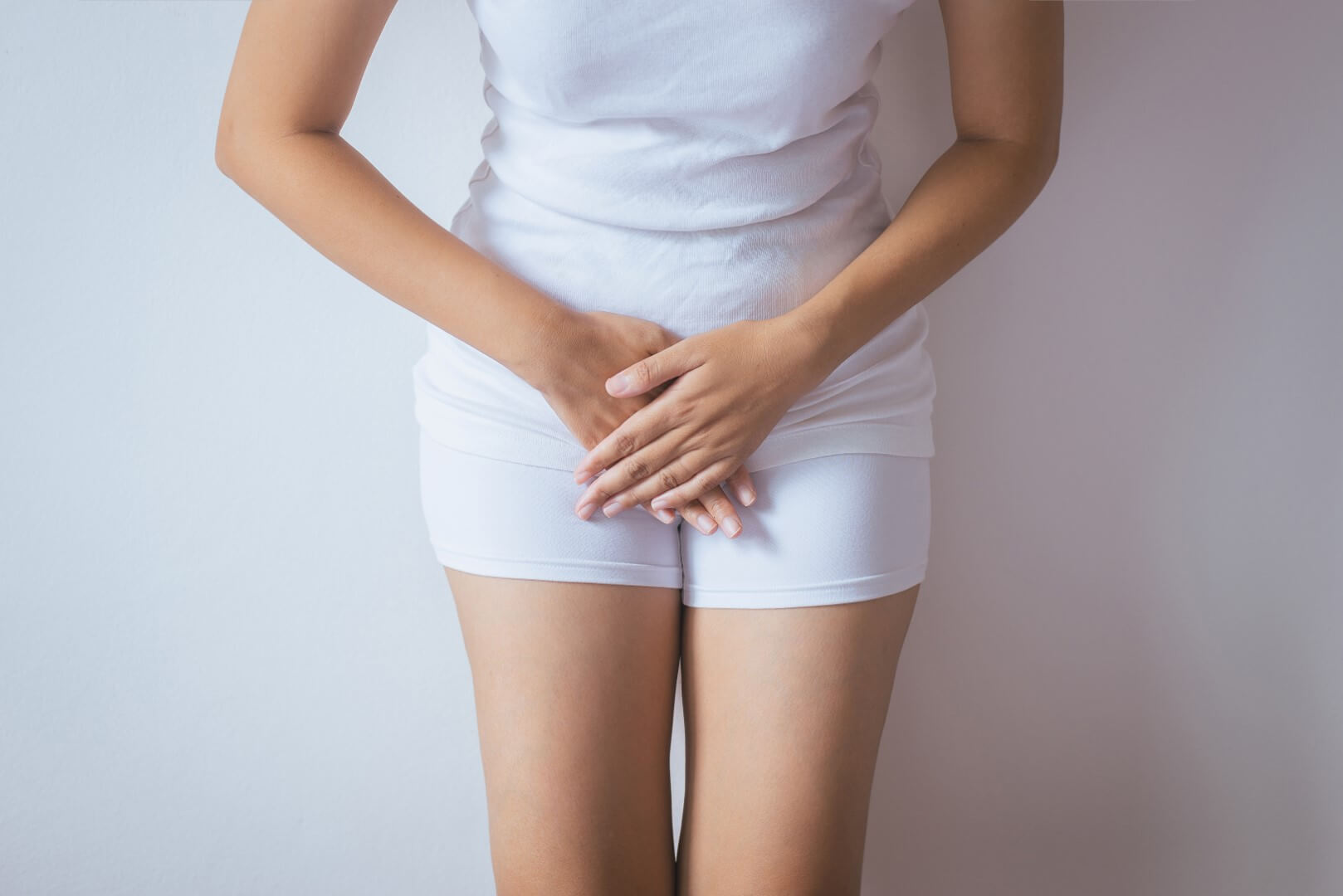
Types of urinary incontinence
Urinary incontinence can be classified in two ways: by the amount of urine lost and by the type of incontinence.
Classification by Amount of Urine Lost (over 4 hours):
- Dribbling — Loss of a few drops of urine per day, with a total volume not exceeding 50 ml.
- Slight — Leakage of 50–100 ml, often occurring during activities such as laughing, lifting heavy objects, or sneezing.
- Moderate — Leakage during everyday activities like standing up or running, with a volume between 100–200 ml.
- Severe — Leakage comparable to the volume expelled during a normal void (200–300 ml), which may even occur while standing.
- Very Severe — Complete loss of urinary control, with involuntary leakage exceeding 300 ml.
Stress Incontinence - Associated with increased abdominal pressure due to physical exertion, coughing, laughing, or sneezing. In this type, there is no urge preceding the leakage, as it is caused by an abnormal closure mechanism of the urethra. Stress incontinence is more common in women—especially following natural childbirth—due to weakening or even tearing of the pelvic floor muscles. It can also occur due to damage to the lower motor neurons during surgery or radiotherapy. Additionally, obese individuals and people with diabetes may experience stress incontinence. Stress urinary incontinence is further categorized into three grades:
- Grade I — Leakage occurs when standing, for example, during laughing or sneezing.
- Grade II — Leakage also occurs with moderate physical exertion, such as running or lifting.
- Grade III — nawet minimalny wzrost ciśnienia w jamie brzusznej, niezależnie od pozycji, jest w stanie wywołać moczenie.
Urge Incontinence - Most common in men, this type is associated with an overactive bladder (OAB). It is characterized by overexcitability of the bladder muscles, which creates a strong urge to void, followed by uncontrolled leakage. Common symptoms include:
- Frequent urination — Significantly increased frequency of urination.
- Nycturia — The need to urinate at night.
- Urgency — A sudden, overwhelming need to urinate due to abnormal bladder contractions.
- Leakage preceded by urgency — Ivoluntary leakage that cannot be controlled once the urge occurs.
Mixed Incontinence - A combination of stress and urge incontinence, this form statistically occurs most frequently.
Overflow Incontinence - Often seen in men with prostatic hyperplasia or urethral strictures, this type results from impaired bladder contractility or obstructions in urine flow.
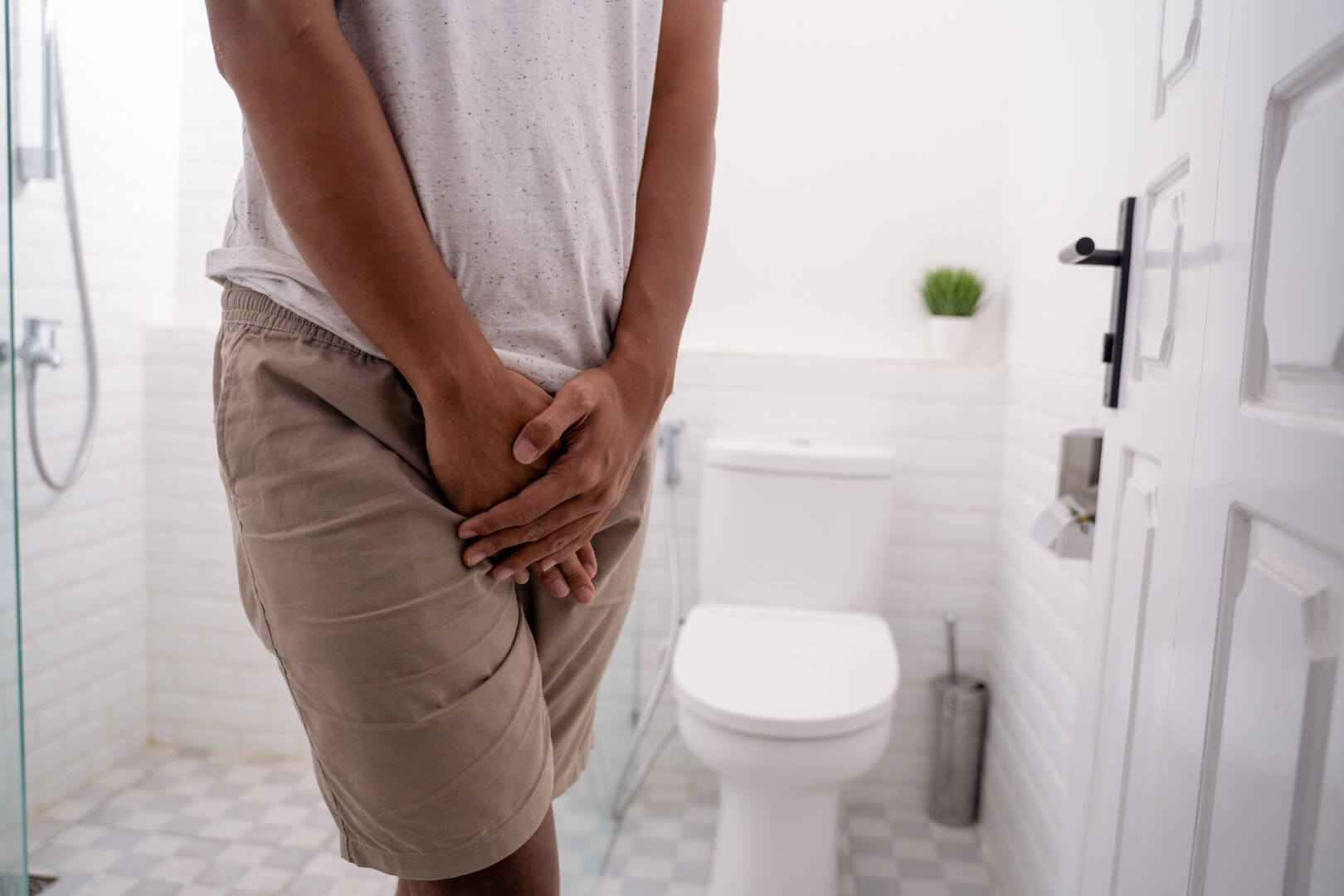
Diagnosis of urinary incontinence
When urinary incontinence is suspected, a thorough diagnostic process is essential to determine the cause. Diagnostic methods may include urine tests, imaging studies (such as CT or MRI), and urodynamic testing. Urine tests help detect urinary tract infections, while imaging studies assess the structure of the pelvic organs and identify any pathological changes. Urodynamic studies provide a detailed evaluation of urinary function and help pinpoint the cause of incontinence. With an accurate diagnosis, healthcare providers can select the most effective treatment to prevent complications.
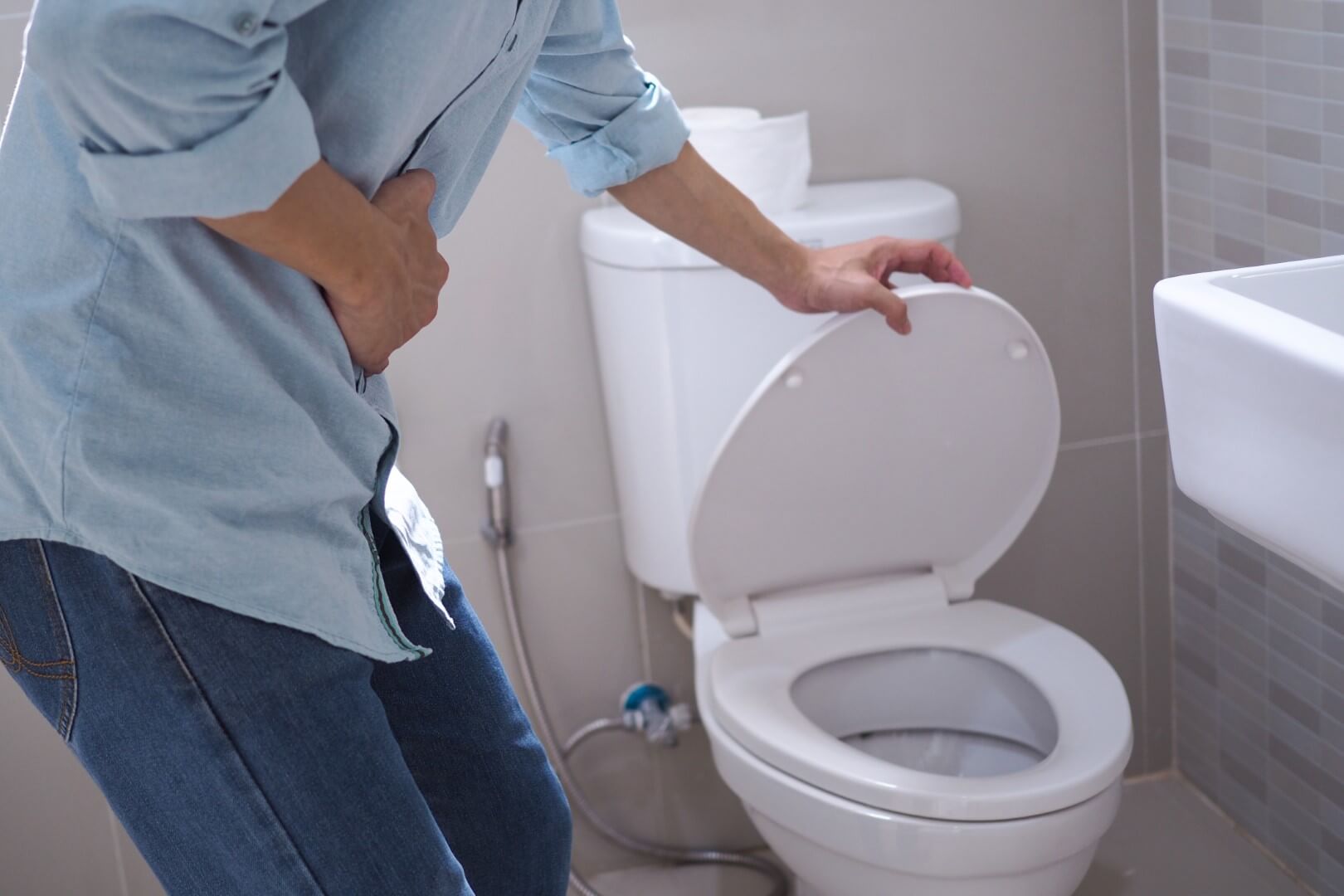
Treatment options for urinary incontinence
Conservative Treatment - This approach includes strengthening the pelvic floor muscles through Kegel exercises, muscle electrostimulation, bladder training, and dietary modifications. Kegel exercises involve repeated tightening and relaxing of the pelvic floor muscles to improve urethral and rectal function and promote conscious urination. Electrostimulation enhances blood supply and nerve conduction, benefiting weakened muscles. Bladder training aims to increase the interval between urinations. Dietary changes—such as reducing fizzy drinks, diuretics, and alcohol—can help minimize bladder irritation and support weight management. Additionally, avoiding smoking or exposure to smoke is recommended.
Pharmacological Treatment - Mainly used for urge incontinence, pharmacological treatment aims to reduce the frequency of urgency and extend the intervals between voiding episodes. Anticholinergic medications such as oxybutynin, tolterodine, darifenacin, and solifenacin are commonly prescribed. Although these drugs may not completely cure other types of incontinence, they can alleviate discomfort and are often used in conjunction with conservative therapies. For instance, in cases of stress urinary incontinence, combining medication with pelvic floor muscle training can be particularly effective.
Surgical Treatment - Surgery is considered when urinary incontinence does not respond to conservative and pharmacological treatments. Surgical procedures may involve strengthening the pelvic floor muscles or removing obstructions that hinder proper urinary function.
It is important to tailor any treatment to the individual patient and to carry it out under strict medical supervision.
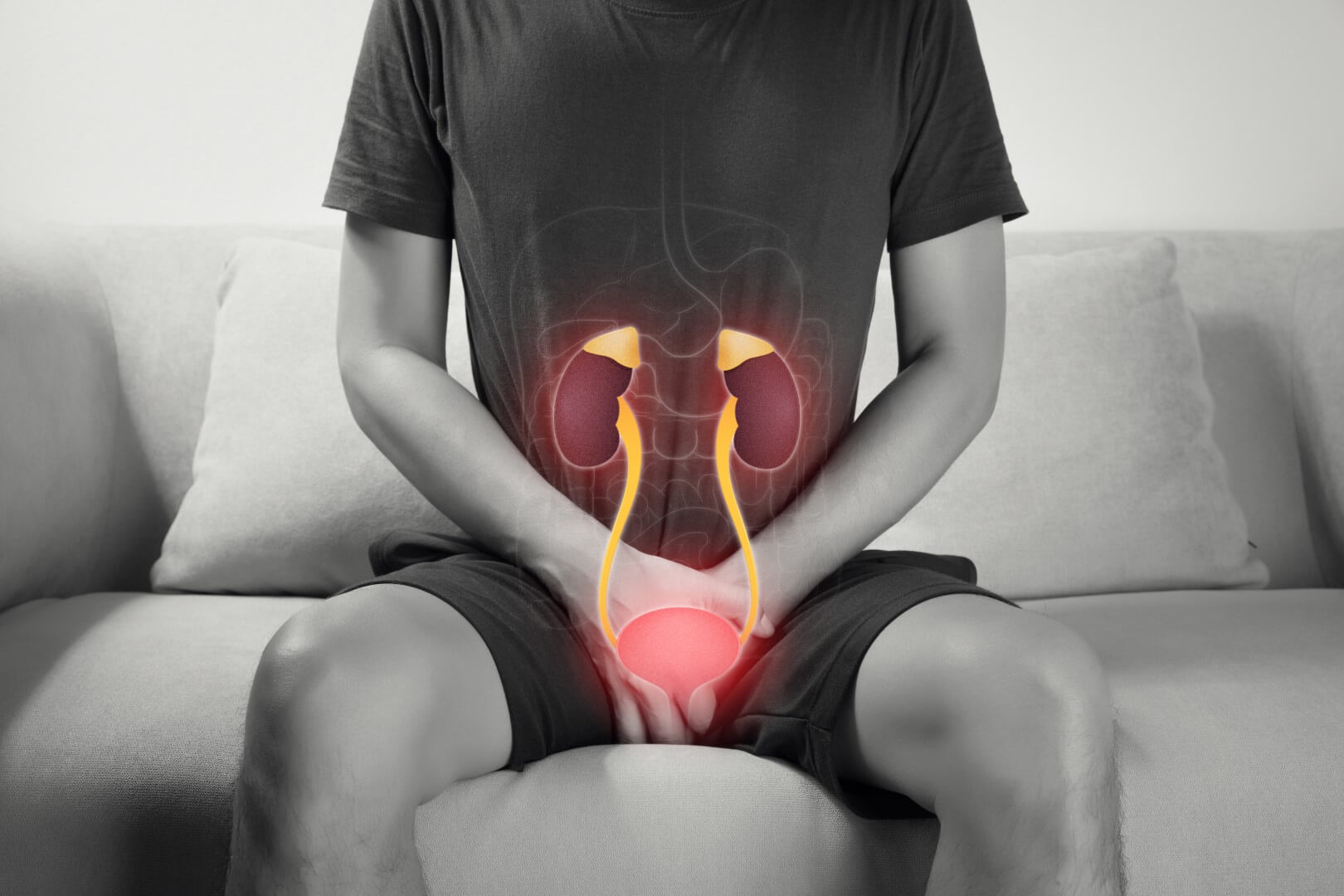
Risk factors for urinary incontinence
Various factors increase the risk of developing urinary incontinence. While some factors are beyond one’s control, others result from lifestyle choices and can be managed or modified. Common risk factors include:
- Gender — Incontinence is more common in women than in men.
- Genetic factors
- Menopause - In women.
- Abnormal bowel movements or constipation
- Age — Decreased muscle and tissue elasticity with aging can lead to incontinence.
- Chronic diseases - Such as diabetes mellitus and conditions associated with chronic coughing (e.g., obstructive pulmonary disease, or COPD)
- Heavy physical labor
- Urinary tract infections
- Pregnancy and childbirth — Multiple natural births can weaken or damage the pelvic floor muscles.
- Certain medications - For example, benzodiazepines.
- Obesity — Excess weight increases pressure on the bladder.
- Past pelvic surgery
- Smoking and alcohol abuse — Smoking can impair pelvic floor muscle function.
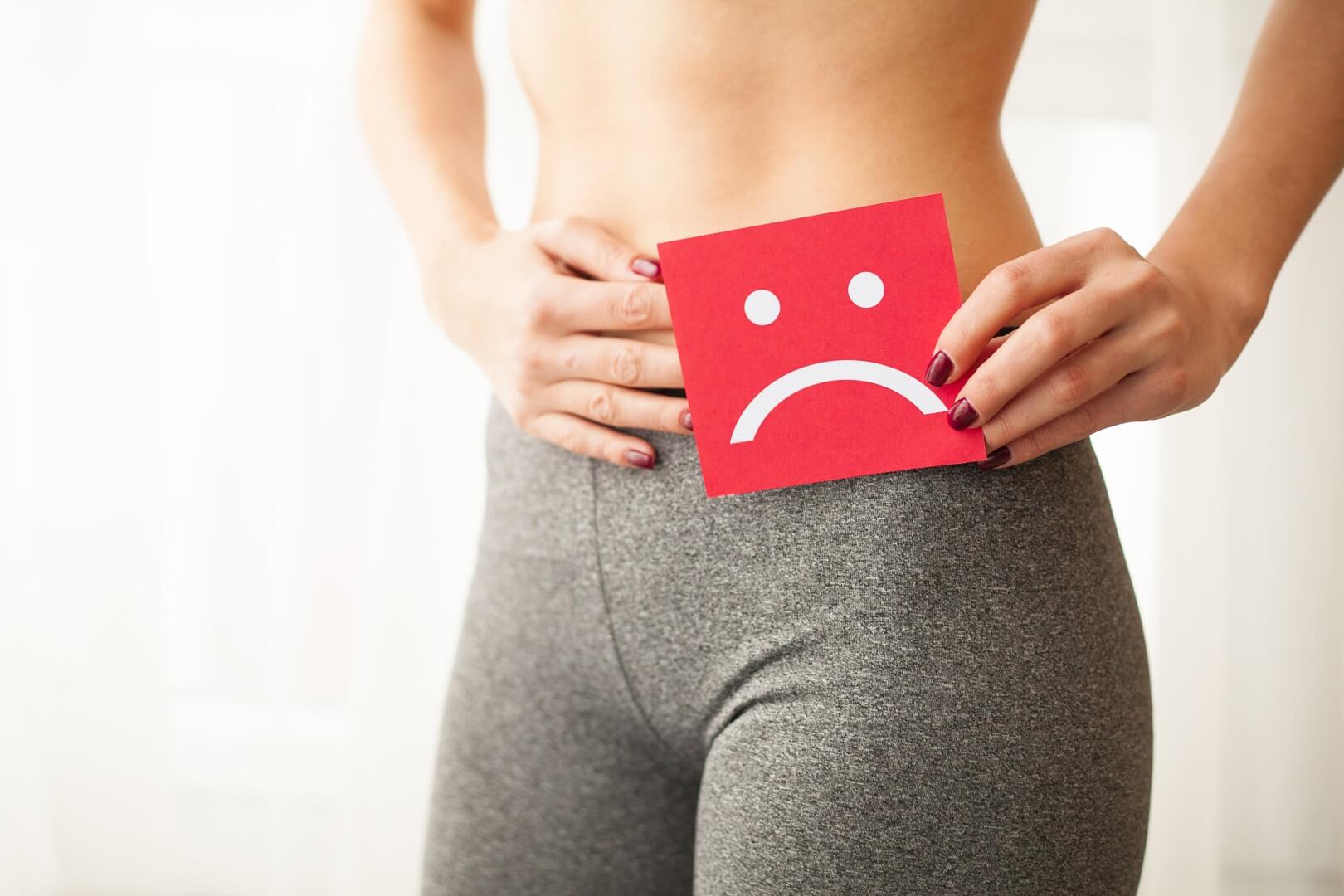
Prevention of urinary incontinence
Prevention involves maintaining a healthy lifestyle and taking proactive steps to care for one’s body. Regular pelvic floor exercises, such as Kegel exercises, can effectively strengthen the muscles and help prevent incontinence. These exercises are especially beneficial for pregnant women and individuals experiencing stress incontinence. In many cases, pelvic floor training not only prevents incontinence but also serves as an effective treatment.
Additionally, avoiding excessive alcohol and caffeine—both of which can act as diuretics—and maintaining a healthy weight can reduce the risk of incontinence. It is also important to prevent chronic constipation and to establish a routine for regular bladder emptying, avoiding prolonged retention. Adhering to these practices can help prevent urinary incontinence or lessen its severity.

